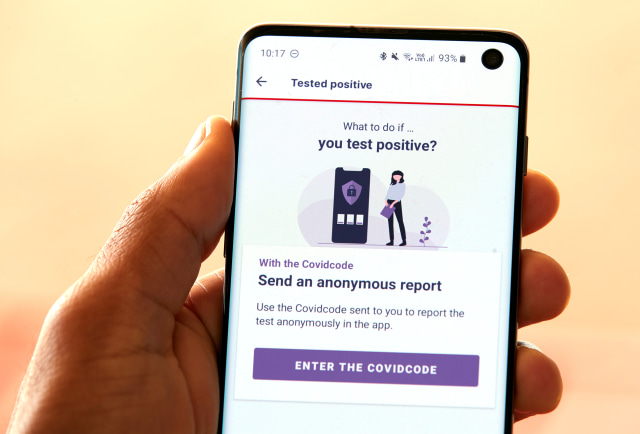In order to help fight the spread of COVID-19, Apple and Google quickly developed exposure notification technology for Android and iOS that that relied on Bluetooth technology in mobile phones. They initially released their platforms in May (via an update for iOS and Play Store services on Android), but so far, in the US apps based on the technology have not rolled out widely. According to a Google blog post, apps based on their exposure notification systems have launched in 16 countries and regions, with Canada joining that count on Friday.
…If you agree to upload your random codes, only the codes go. Nobody will get any information about you, the time, or location you were near them.
Every day the app will get a list of those random codes from people who have reported a diagnosis, via the server. pic.twitter.com/ILPFiFi3SV
— Canadian Digital Service (CDS) (@CDS_GC) July 31, 2020
Canada’s COVID Alert app (iOS, Android) is currently enabled in the province of Ontario, and if a person using it tests positive, then they will receive a key they can put in the app. That uploads the information to the server, and people they’ve been in close contact (closer than 2 meters for more than 15 minutes) with will receive a notification about possible exposure, along with information on next steps. The tech has been developed to do that without keeping tabs on their location or requiring other information.
The COVID Alert app helps you protect yourself, your family, and your community by notifying you if you’ve been exposed to #COVID19. Download it today⚡
— CanadianPM (@CanadianPM) July 31, 2020
➡️ iPhone: https://t.co/TxCx8L7s7m
➡️ Android: https://t.co/A3O4YqsjuJ pic.twitter.com/yCeL0zftQB
In the US Google says that 20 states and territories covering about 45 percent of the population are “exploring apps” based on the systems, and the first ones should launch “in the coming weeks.”
The blog post points out a website explaining more about how ENS works, and even explains things like why it requires users keep their location on if it doesn’t track that (tl;dr — it’s a legacy Android setting that was not designed for this particular situation). It also points out where information has been released to show how the servers work, code to show how the notification APIs work and what data is collected. Microsoft, Google and Apple have collaborated with the Association of Public Health Laboratories on a national key server to store codes for people who test positive, so each state or public health agency doesn’t necessarily have to develop its own and hope to do so securely.
The APIs themselves have gotten an update, in ways that give public health authorities the ability to determine risk level associated with the exposure, as well as a visible on/off toggle in Android so users can more clearly understand if the tech is in use. Another change makes them interoperable between different countries.
With rising numbers of cases in some areas and growing concern over whether or not kids can safely return to school in the fall, these digital contact tracing tools may be able to help push back against the spread of the virus — if they are effective, widely used and follow the advice of experts to keep our privacy protected.
2/ Example of a real world deployment in Ireland https://t.co/P89gcF9k6L
— Dave Burke (@davey_burke) July 31, 2020
Technology - Latest - Google News
August 01, 2020 at 08:05PM
https://ift.tt/33fPqwZ
The first US COVID-19 exposure notification apps could arrive within 'weeks' - Engadget
Technology - Latest - Google News
https://ift.tt/2AaD5dD
Bagikan Berita Ini















0 Response to "The first US COVID-19 exposure notification apps could arrive within 'weeks' - Engadget"
Post a Comment